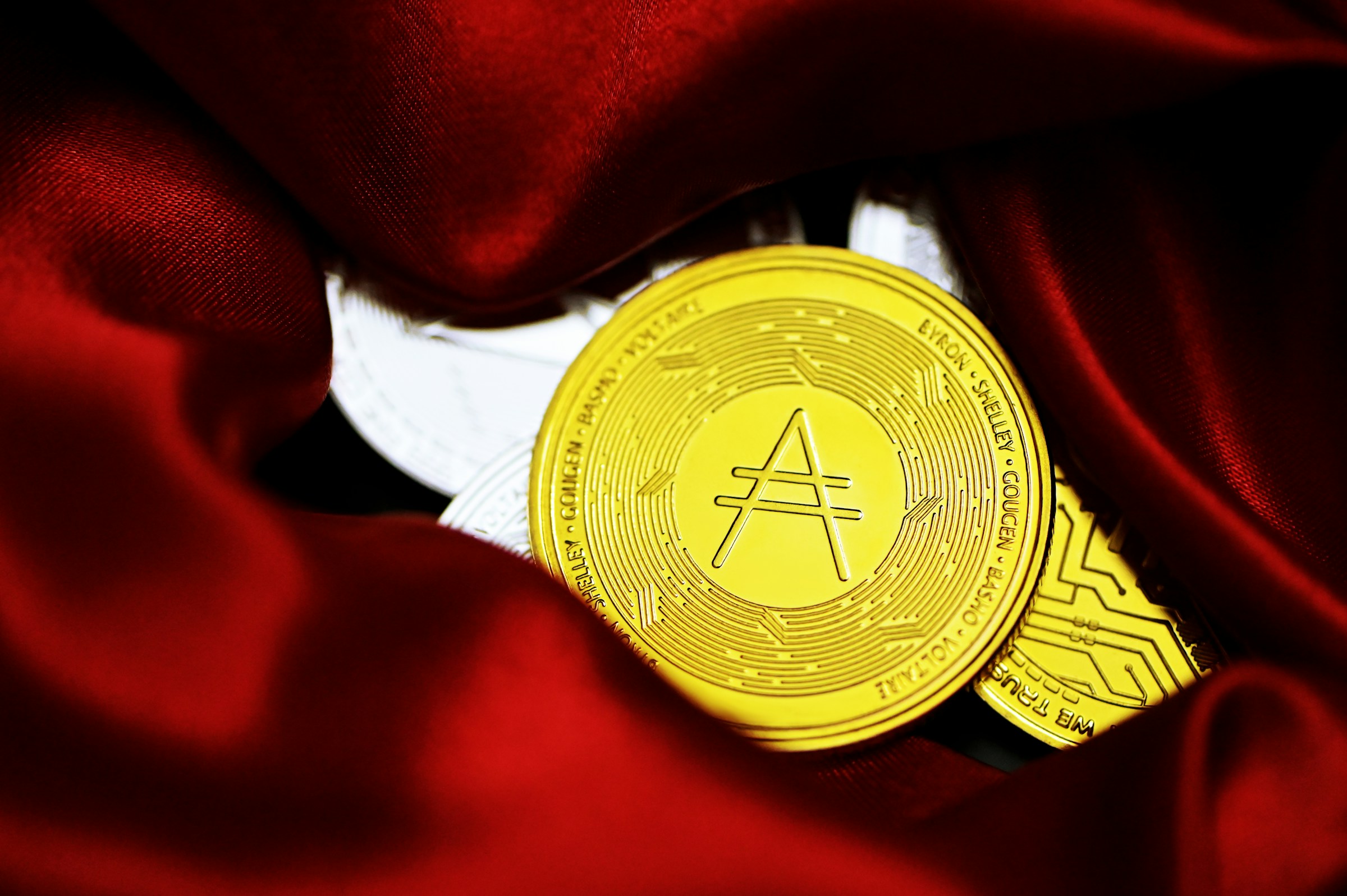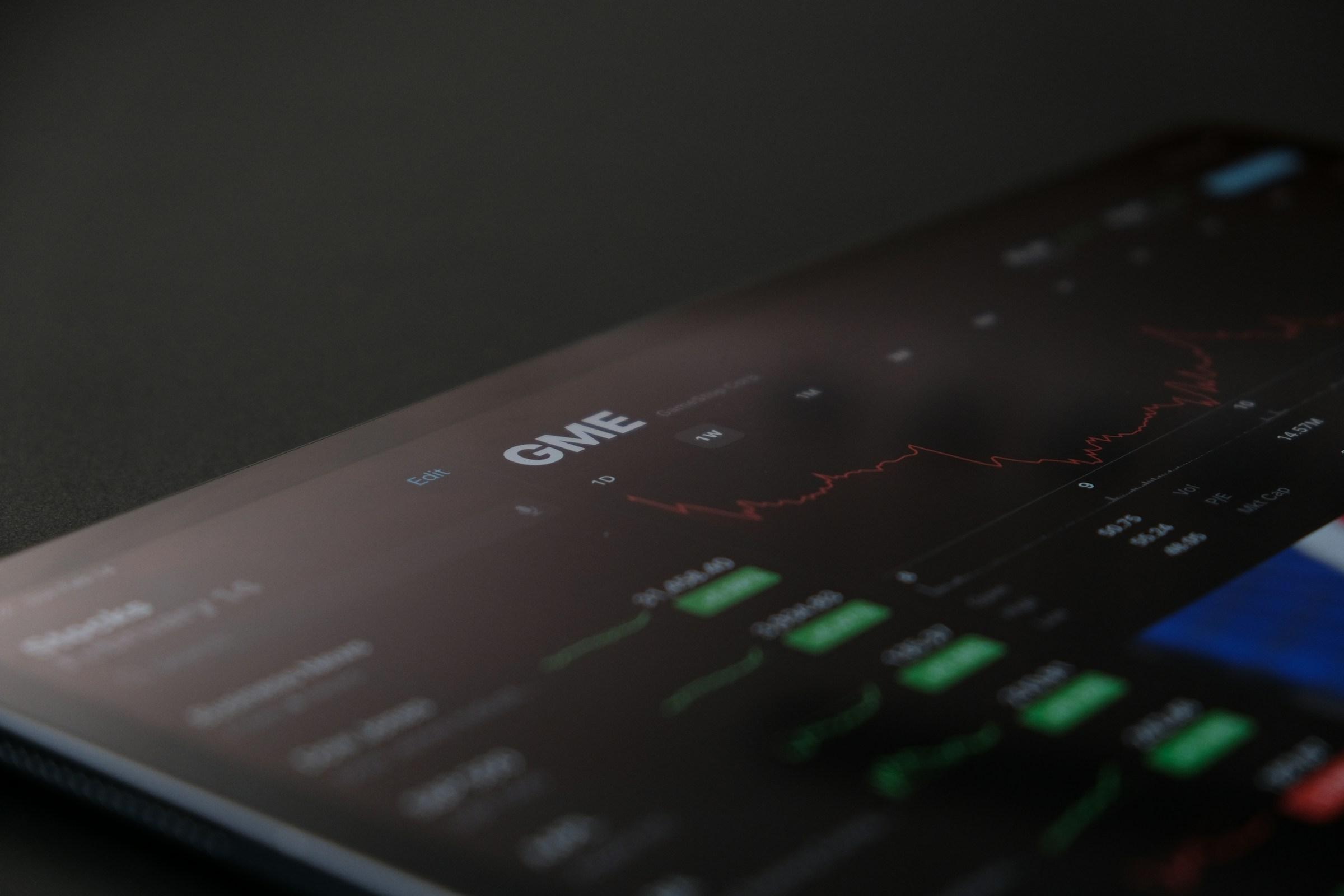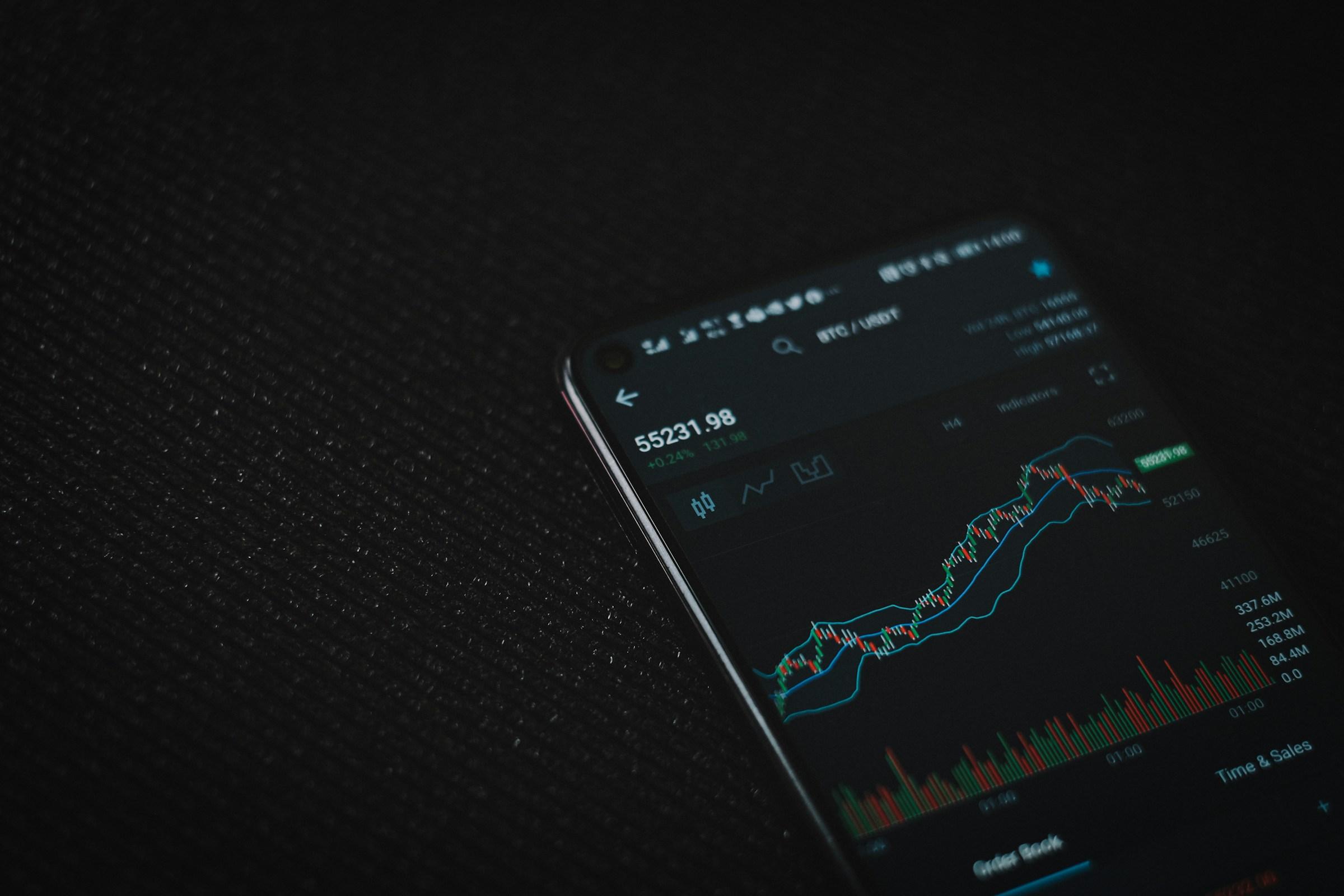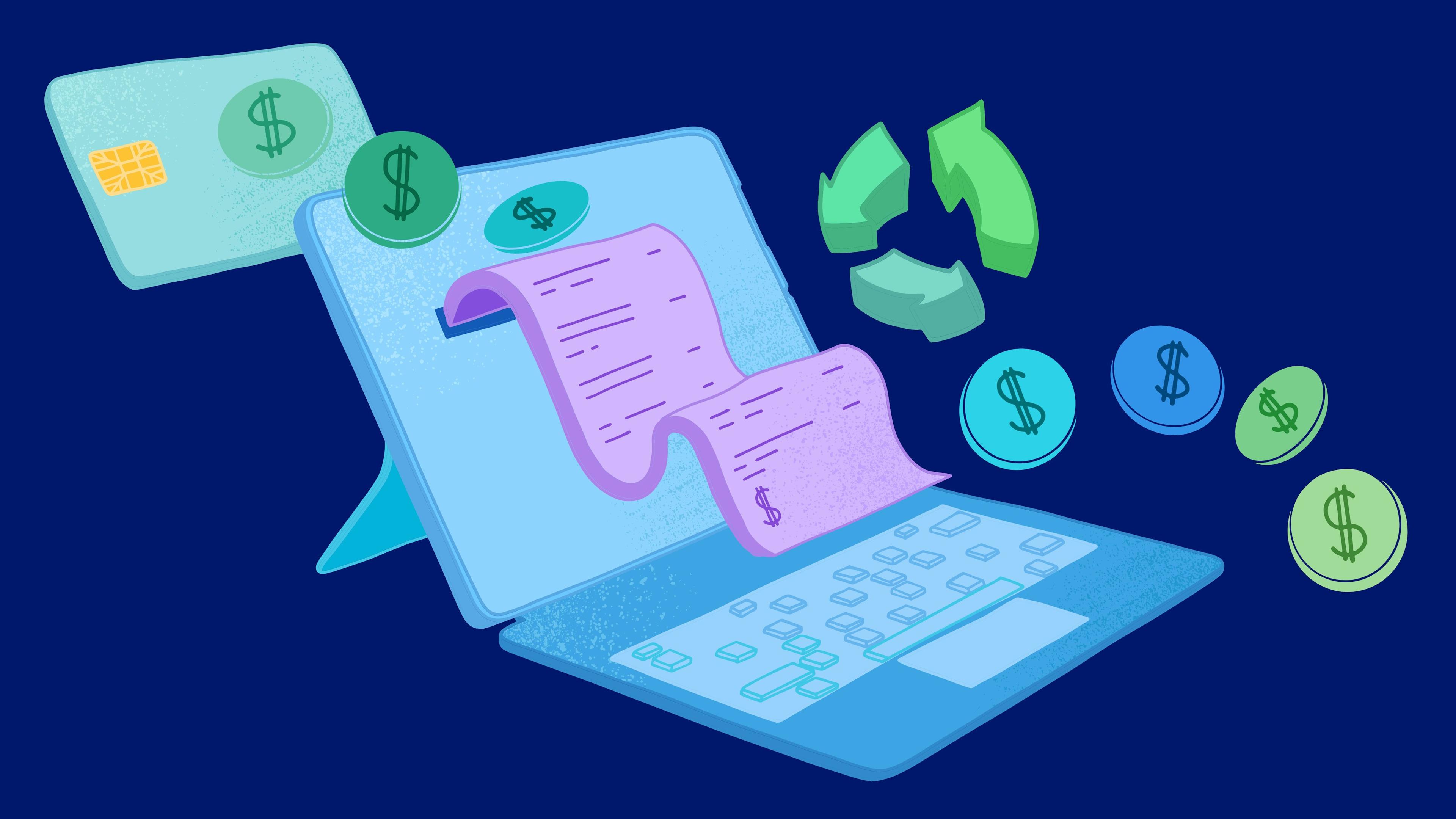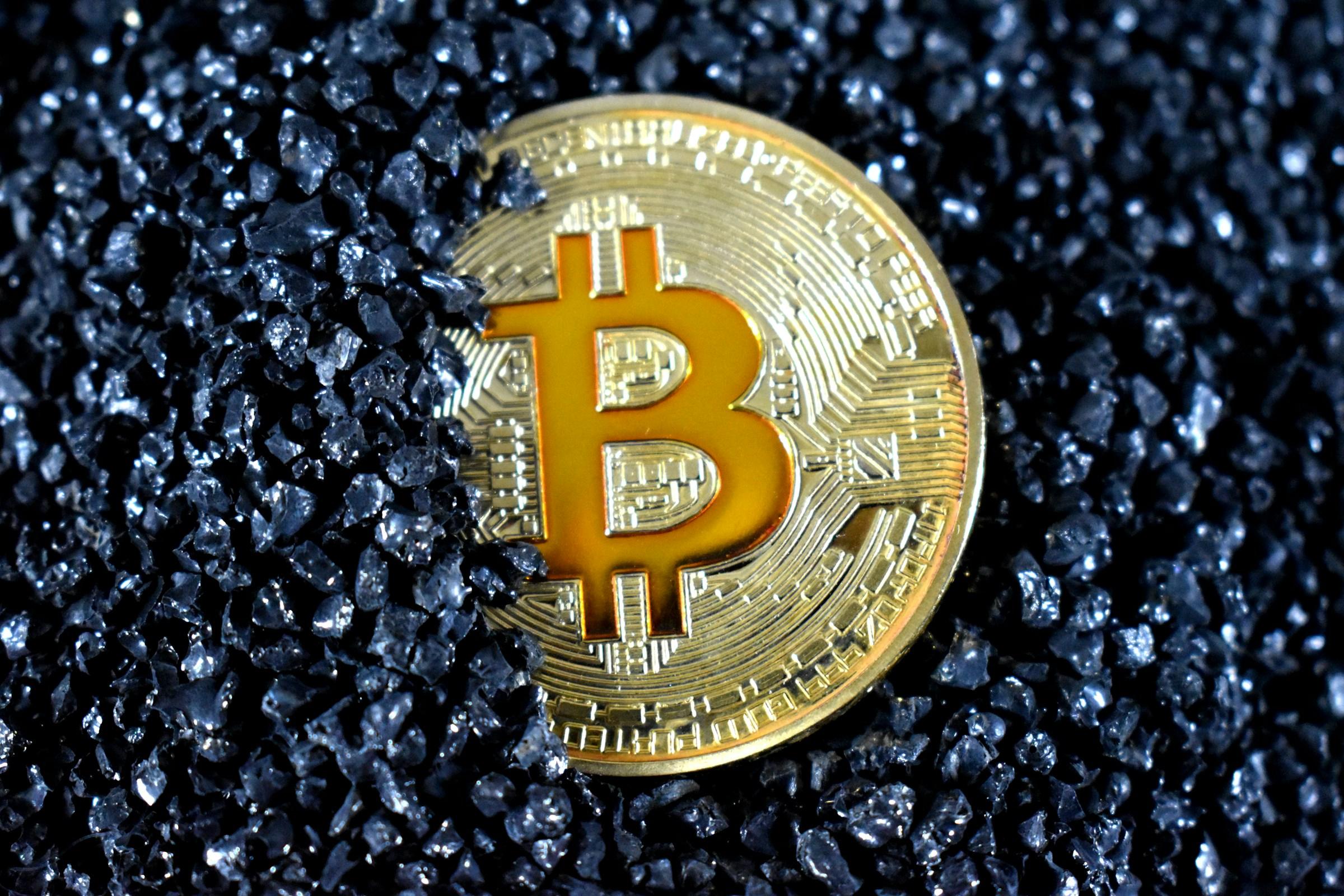Most investors begin their ETF journey from the wrong starting point. They look at performance charts, hot fund lists, or a friend’s latest purchase and ask whether they should buy the same thing. The better place to begin is not the product shelf, but your own life. Before you decide which ETF to buy, it is worth asking what the money is actually for, when you will need it, and how much volatility you can live with along the way. Once those questions are clear, choosing ETFs becomes less about guessing the market and more about building a quiet, workable plan around your real world goals.
Every meaningful financial goal has three parts. There is a purpose, a time horizon, and a level of risk it can sensibly carry. Retirement, for example, is usually a long term goal. A home purchase falls into the medium term. Paying school fees next year is an immediate or short term need. When you match each goal with its time frame, the decision about which ETF category to use often reveals itself quite naturally. Equity ETFs, bond ETFs, mixed asset ETFs, and money market ETFs all have roles to play, but not every role suits every goal.
For long term goals such as retirement or funding a child’s university education many years away, broad equity ETFs tend to be the core building blocks. These funds spread your money across hundreds or even thousands of companies in different countries and sectors. They can fall sharply in the short term, but over periods of a decade or more they have historically offered growth that outpaces inflation. If you are in your thirties and investing for life after 65, a portfolio dominated by diversified equity ETFs often makes sense, because you have time to ride out the ups and downs.
Medium term goals tell a different story. If you plan to buy a home in seven years or hope to take a career break within five, you probably cannot tolerate the same depth of volatility as someone investing for a distant retirement. Here, a mixture of equity and bond ETFs usually fits better. The equity allocation gives your capital a chance to grow. Bond ETFs, particularly those holding government or investment grade corporate bonds, help cushion some of the swings when markets turn unsettled. The expected return may be lower than a pure equity approach, but the risk of a serious drawdown at the wrong moment is also reduced.
Short term goals require a greater focus on capital preservation. Money that must be available within one to three years is poorly matched to volatile equity ETFs, no matter how attractive their past returns look. A sudden correction right before you need the funds can undo years of careful saving. In this zone, high quality short duration bond ETFs, money market ETFs, or even plain cash savings often play a larger role. The aim is not to maximise return at any cost, but to keep the path between today and the spending date as smooth as possible.
Risk tolerance is not only a mathematical assessment. It is also emotional. Many investors say they are comfortable with risk until they see their portfolio fall twenty percent on a screen. If you know that such a drop would cause you to sell in panic, it is better to build a more conservative allocation upfront. A portfolio you can hold through difficult markets is almost always more effective than an aggressive portfolio that you abandon at the first sign of trouble. In practice, this often means holding more in bond and money market ETFs than pure performance comparisons might suggest, especially for investors who are new to markets or who have experienced painful losses in the past.
One useful way to translate all these ideas into practical ETF choices is to think in terms of three buckets. The first bucket is safety. The second is steady growth. The third is aspirational growth. The safety bucket exists to cover emergencies and near term commitments. Money in this bucket might sit in cash, very short duration bond ETFs, or money market ETFs. The principal expectation is stability and immediate access. For many people, this bucket represents three to six months of essential expenses plus any big known payments within the next few years, such as renovations or upcoming school fees.
The steady growth bucket sits in the middle. It is designed for medium term plans and for part of your retirement base. Here you might hold a blend of diversified bond ETFs and broad equity ETFs, or even multi asset ETFs that combine both within a single fund. The point is to grow your capital at a moderate pace while smoothing out some of the more violent swings. For example, a portfolio that invests about forty percent in global bond ETFs and sixty percent in global equity ETFs could live in this bucket, adjusting the exact mix depending on your age and risk tolerance.
The aspirational growth bucket is where you pursue long term wealth creation. The time horizon here is usually ten years or more. This is where low cost global equity ETFs, regional equity ETFs, and possibly factor based or sector based ETFs have a place, provided they still fit your diversification plan. A global equity ETF that tracks a broad index is often the sensible starting point. More specialised funds should be treated as satellites rather than the core, and only when you truly understand the theme and are willing to accept the extra volatility that comes with a narrower focus.
Once you assign your savings to these buckets, you can attach each of your main goals to a specific mix. Imagine a mid career couple with three objectives. They want to retire comfortably at 65. They hope to buy a larger home in about seven years. They also plan to support part of their child’s overseas education about thirteen years from now. For retirement, they have time on their side, so the aspirational growth bucket makes sense, anchored by global equity ETFs. A smaller allocation to bond ETFs can soften the journey and offer psychological comfort, but the main engine remains equities.
For the home purchase, the priority shifts. In the early years, the couple might still accept some equity exposure so that the savings grow faster than inflation. However, as the target date comes closer, they would gradually shift more of that pot into the steady growth and safety buckets. Short duration bond ETFs and money market ETFs start to take over, lowering the risk that a sudden market slump will cut the deposit in half just when they are about to sign a purchase agreement.
For the child’s education, the couple can treat the early years much like retirement savings, allowing equity ETFs to compound over time. Around five years before the funds are needed, they would slowly rebalance into more stable instruments. The process resembles landing an aircraft. You do not want to be flying at full speed and altitude right up until the runway. Instead, you gradually descend and slow down so that you arrive at the right place with the right level of safety.
Once you reach the stage of comparing specific ETFs, the questions change again. Now you are no longer asking what type of fund you need, but which of several similar choices fits best. A few simple criteria can guide you. The first is the index that the ETF tracks. Two funds that both call themselves global equity ETFs may follow different indices, with subtle differences in country weights, sector allocations, and the number of holdings. Reading the factsheet helps you see whether an ETF is truly broad based or heavily tilted toward one market or industry.
Fees are the second criterion. The total expense ratio or ongoing charge may look like a small number, but it is charged every year and quietly reduces your return. Over decades, the difference between a fee of 0.10 percent and 0.30 percent can be significant. When two ETFs track similar indices, the lower cost option is usually preferable, as long as other factors are comparable. Tracking difference is related. It measures how closely the ETF has followed its index after fees. A large or inconsistent gap can signal inefficiencies in how the fund is managed.
Liquidity is another practical concern. If you may need to move larger amounts in or out, it is helpful to know that there is sufficient trading activity in the ETF. Average daily volume and the typical spread between buy and sell prices give a sense of how easy and cheap it is to transact. For investors in markets such as Singapore or Hong Kong, fund domicile and tax treatment matter as well. A US domiciled ETF holding US shares may face different dividend withholding tax rates for non US investors compared with an Irish domiciled UCITS ETF that holds the same underlying stocks. Over time, this tax drag can affect your net income and total return.
Currency considerations can be confusing. Many investors assume they should always select ETFs traded in their home currency, but what ultimately matters is the currency of the underlying assets relative to the currency in which you plan to spend. A global ETF priced in Singapore dollars but invested in US and European companies still carries foreign currency exposure. Currency hedged share classes can dampen this effect, but they introduce their own costs and complexities. The right approach depends on your base currency, your future spending plans, and your comfort with currency movements over long periods.
An ETF strategy also has to fit within your monthly cash flow. It sits alongside your salary, expenses, loans, and insurance, not in a separate universe. If you lock too much of your surplus into volatile assets, you may feel forced to sell whenever an unexpected bill arrives. If you keep too much in cash, your long term goals can drift further away even though you are saving diligently. A practical starting point is to decide what share of your monthly surplus goes into each bucket. A young professional with a stable job might direct more into aspirational growth, while a family with a mortgage and young children might prioritise safety and steady growth until their cash buffer feels adequate.
Automating your ETF investments through regular monthly or quarterly contributions can lower the emotional load of decision making. This approach, sometimes called dollar cost averaging, means you buy more units when prices are lower and fewer when they are higher, smoothing your entry points over time. The key is to keep your ETF list focused and aligned with your goals so that each automated purchase reinforces a clear plan rather than adding another random product to the mix. Once or twice a year, you can review your overall allocation and rebalance if large market moves have pushed you far away from your target mix.
Before you add a new ETF to your portfolio, it helps to pause and ask a few simple questions. Which goal does this fund support. Which bucket will it live in. How long am I willing to leave it invested. How would I react if it fell sharply in the next year. Do I already own another ETF that gives similar exposure. These questions act as a quiet filter. They make it harder to buy out of fear of missing out and easier to buy when a fund genuinely strengthens your plan.
In the end, choosing ETFs based on your investment goals is not a contest in market prediction. It is a process of alignment. You clarify what you want your money to do and when. You accept a realistic level of risk that you can live with through cycles. You select a handful of ETFs that fit those constraints and you let time do much of the work. You adjust when your life changes, not in response to every headline. When goals, time horizons, and ETF choices all point in the same direction, your portfolio stops feeling like a collection of scattered bets and starts to feel like a coherent financial story that supports the rest of your life.



